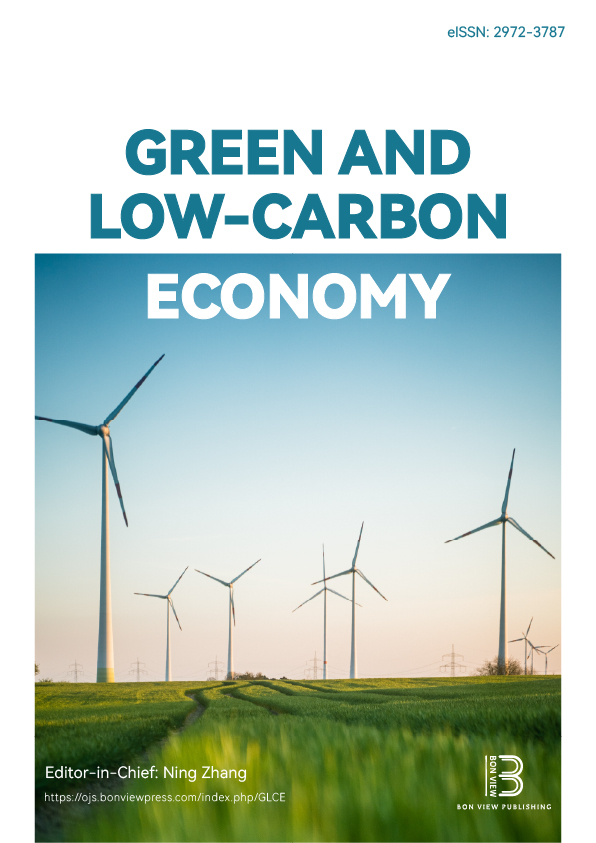Mitigation of Seafood-Related Environmental Pollution: A Green Chemistry Perspective
DOI:
https://doi.org/10.47852/bonviewGLCE52023459Keywords:
seafood side streams, environmental pollution, carbon footprint, circular economy, green chemistryAbstract
The seafood industry discharges voluminous amounts of discards, consisting of fishery by-catch, process discards, and effluents. Traditional disposals of these side stream materials by landfill, ocean dumping, and incineration are responsible for serious environmental pollution. Emission of greenhouse gases including carbon dioxide, methane, and nitrous oxide from the discards significantly contributes to global warming, while hydrogen sulfide, ammonia, methane, nitrous oxide, and other gases have detrimental effects on the health of living systems. These environmental hazards can be abated by eco-friendly remedial solutions. Green chemistry-based valorization of seafood side streams has potentials to lower environmental hazards simultaneously minimizing volume of the discards. These operations transform the discards to interesting products. Integration of the green methods within the framework of a biorefinery within a circular economy protocol allows a zero-waste strategy for the mitigation of environmental pollution by seafood discards. Possible industrial applications of the recovered ingredients such as proteins, peptides, polyunsaturated fatty acids rich lipids, chitin, chitosan, and others make the fishery discards a valuable resource. The green chemistry approach allows optimal mitigation of seafood-related environmental hazards paving the way for responsible and economically viable conservation of resources for a resilient, sustainable, low-carbon seafood industry.
Received: 21 May 2024 | Revised: 22 November 2024 | Accepted: 20 January 2025
Conflicts of Interest
The authors declare that they have no conflicts of interest to this work.
Data Availability Statement
The Food and Agriculture Organization of the United Nations data that support the findings of this study are openly available at https://doi.org/10.4060/cc0461en. The Food and Agriculture Organization of the United Nations data that support the findings of this study are openly available at www.fao.org/flw-in-fish-value-chains/overview/objective/en/. The Intergovernmental Panel on Climate Change data that support the findings of this study are openly available at https://doi.org/10.59327/IPCC/AR6-9789291691647.001. The United Nations data that support the findings of this study are openly available at https://sustainabledevelopment.un.org/post2015/transformingourworld/publication. The United Nations Environment Programme data that support the findings of this study are openly available at https://www.unep.org/resources/toolkits-manuals-and-guides/green-and-sustainable-chemistry-framework-manual. The World Economic Forum data that support the findings of this study are openly available at https://www.weforum.org/stories/2021/12/green-chemistry-manufacturing-climate-change/.
Author Contribution Statement
Vazhiyil Venugopal: Conceptualization, Methodology, Resources, Writing - original draft, Visualization. Se-Kwon Kim: Writing - review & editing, Project administration.
Downloads
Published
Issue
Section
License
Copyright (c) 2025 Authors

This work is licensed under a Creative Commons Attribution 4.0 International License.


